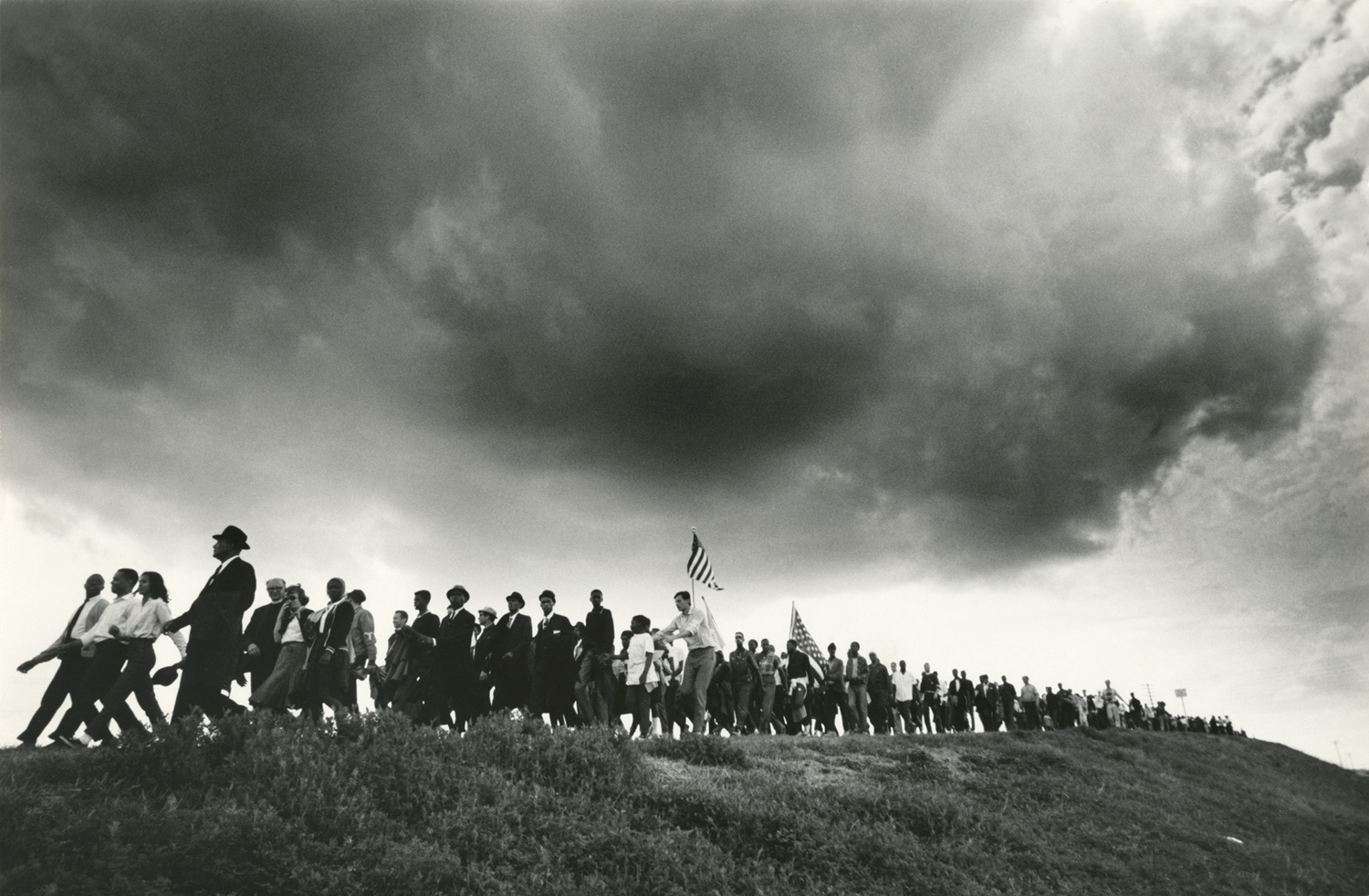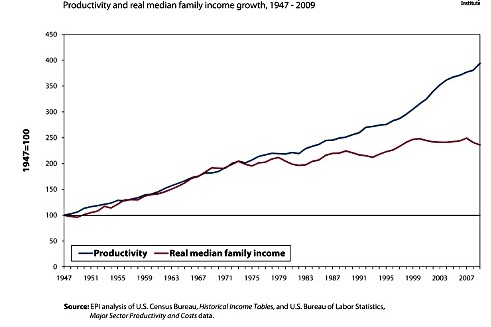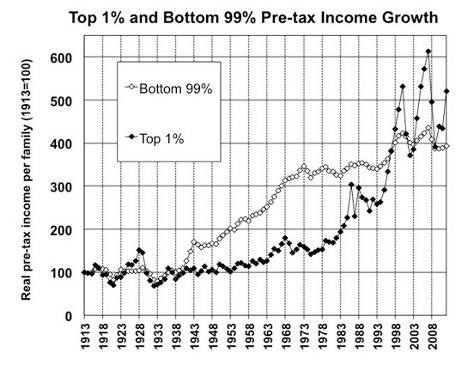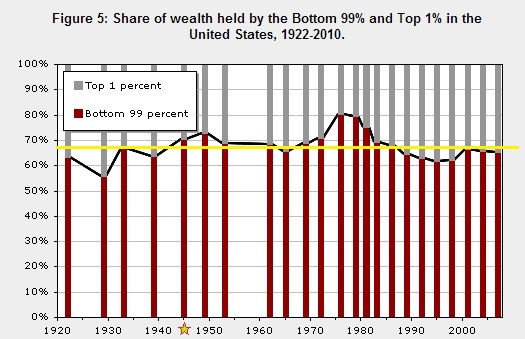Period 7, 1890-1945
An increasingly pluralistic United States faced profound domestic
and global challenges, debated the proper degree of government activism, and sought
to define its international role.
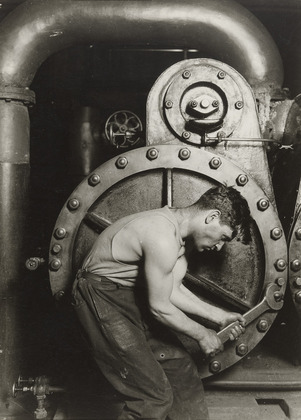
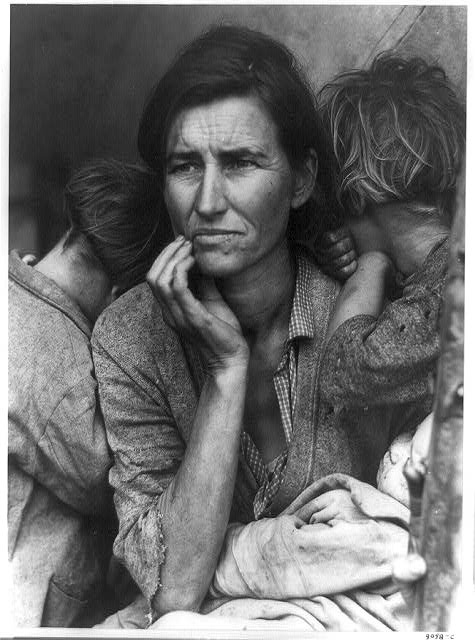
|
Day: |
93 |
Dates: |
1890-1945 |
Topic #: |
Key Concept: 6.1, 7.3; GPS: SSUSH14b | |||||||||
|
Our Topic: |
Spanish American War 6.1: Technological advances, large-scale production methods, and the opening of new markets encouraged the rise of industrial capitalism in the United States. 7.3: Participation in a series of global conflicts propelled the United States into a position of international power while renewing domestic debates over the nation’s proper role in the world. |
Required Pre-Reading: |
Zinn: Chapter 12 Schweikart Lie #2 |
|||||||||||
|
Essential Question(s): |
WOR-2.0: Analyze
the reasons for, and results of, U.S. diplomatic, economic, and
military initiatives in North America NAT-3.0:
Analyze how ideas about national identity changed in response to
U.S. involvement in international conflicts |
|||||||||||||
|
Material to Master: |
6.1
I. Large-scale industrial production — accompanied by
massive technological change, expanding international communication
networks, and pro-growth government
E) Businesses and foreign policymakers increasingly 7.3
I. In the late 19th century and early 20th century,
new U.S. territorial ambitions and acquisitions in the Western
Hemisphere and the Pacific accompanied |
Documents to be utilized: |
Zinn: Chapter 12 Schweikart Lie #2 |
|||||||||||
|
In Class: |
Socratic Seminar 1. What was the relationship between US foreign policy and corporate interests in the Gilded Age? 2. What motivated American intervention in Cuba? 3. Did the American public support the wars in Cuba and the Philippines 4. Was the US relationship with Cuba and the Philippines one of exploitation or support? 5. What role did race and racial ideologies play in American Imperialism? 6. Can Americans take pride in American success in the Spanish American War? |
Homework: |
Boyer: 641-649 |
|||||||||||
|
&/or: |
http://www.youtube.com/watch?v=i0Q4zPR4G7M | |||||||||||||
|
& |
Cornell Notes | |||||||||||||
|
Flashcards: |
-Progressives -New Women -Jane Addams (add to card you already have) -Muckrakers -Ashcan School -Initiative, referendum, recall -Florence Kelly
|
|||||||||||||
|
Turn in next class: |
||||||||||||||
|
Day: |
94 |
Dates: |
1890-1945 |
Topic #: |
Key Concept: 6.3, 7.1; GPS: SSUSH13a-f | |||||||||
|
Our Topic: |
The Progressives 6.3: The
Gilded Age produced new cultural and
7.1: Growth expanded opportunity, while economic |
Required Pre-Reading: |
Boyer: 641-649 |
|||||||||||
|
Essential Question(s): |
CUL-2.0: Explain how artistic, philosophical, and scientific ideas have developed and shaped society and institutions.
POL-2.0: Explain how popular movements, reform efforts, and
activist groups have sought to change American society CUL-3.0: Explain how ideas about women’s rights and gender roles have affected society and politics.
POL-3.0: Explain how different beliefs about the federal
government’s role in U.S. social and economic life have |
|||||||||||||
|
Material to Master: |
6.3 I. New
cultural and intellectual movements both buttressed and challenged
the social order of the Gilded Age. II.
Dramatic social changes in the period inspired political debates
over citizenship, corruption, and the proper relationship between
business and government. 7.1 II. In the
Progressive Era of the early 20th century, Progressives responded to
political corruption, economic instability, and social concerns by
calling for greater |
Documents to be utilized: |
||||||||||||
|
In Class: |
|
Homework: |
Boyer: 649-662 |
|||||||||||
|
&/or: |
||||||||||||||
|
& |
||||||||||||||
|
Flashcards: |
-nickelodeons -Immigration Restriction League -Jim Crow Laws -The Birth of a Nation -National Association for the Advancement of Colored People -Organized Womanhood -The Birth Control Movement of the Progressive Era -Socialist Party of America / Eugene Debs |
|||||||||||||
|
Turn in next class: |
||||||||||||||
|
Day: |
95 |
Dates: |
1890-1945 |
Topic #: |
Key Concept: 7.1, 7.2; GPS SSUSH13a-f | |||||||||
|
Our Topic: |
Progressives The Progressives 6.3: The
Gilded Age produced new cultural and
7.1: Growth expanded opportunity, while economic
7.2: Innovations in communications and technology |
Required Pre-Reading: |
Boyer: 649-656 |
|||||||||||
|
Essential Question(s): |
CUL-2.0: Explain how artistic, philosophical, and scientific ideas have developed and shaped society and institutions.
POL-2.0: Explain how popular movements, reform efforts, and
activist groups have sought to change American society CUL-3.0: Explain how ideas about women’s rights and gender roles have affected society and politics.
POL-3.0: Explain how different beliefs about the federal
government’s role in U.S. social and economic life have |
|||||||||||||
|
Material to Master: |
6.3 I. New
cultural and intellectual movements both buttressed and challenged
the social order of the Gilded Age. II.
Dramatic social changes in the period inspired political debates
over citizenship, corruption, and the proper relationship between
business and government. 7.1 II. In the
Progressive Era of the early 20th century, Progressives responded to
political corruption, economic instability, and social concerns by
calling for greater 7.2 I. Popular
culture grew in influence in U.S. society, even as debates increased
over the effects of culture on public values, morals, and American
national identity. |
Documents to be utilized: |
||||||||||||
|
In Class: |
Is “Progressive Era” a fitting name for the period from 1900 to 1920? |
Homework: |
Boyer: 662-674 |
|||||||||||
|
|
AP Insight: Challenge Area VI, Building Block D Performance Task – Linking Evidence to Claims: CCOT & Progressivism Activity One only |
|||||||||||||
|
Optional: |
Progressives in a Nutshell | |||||||||||||
|
Flashcards: |
-Theodore Roosevelt -Upton Sinclair's The Jungle -Pure Food and Drug Act -U.S. Forest Service -National Park Service -Federal Reserve Act -Clayton Antitrust Act -Federal Trade Commission Act -16th - 19th Amendments |
|||||||||||||
|
Turn in next class: |
Bring textbook / flash cards to class | |||||||||||||
|
Day: |
96 |
Dates: |
1890-1945 |
Topic #: |
Key Concept: 7.1, 7.2, SSUSH13a-f, SSUSH15b | |||||||||
|
Our Topic: |
Progressives The Progressives 6.3: The
Gilded Age produced new cultural and
7.1: Growth expanded opportunity, while economic |
Required Pre-Reading: |
Boyer: 657-662 |
|||||||||||
|
Essential Question(s): |
CUL-2.0: Explain how artistic, philosophical, and scientific ideas have developed and shaped society and institutions.
POL-2.0: Explain how popular movements, reform efforts, and
activist groups have sought to change American society CUL-3.0: Explain how ideas about women’s rights and gender roles have affected society and politics.
POL-3.0: Explain how different beliefs about the federal
government’s role in U.S. social and economic life have |
|||||||||||||
|
Material to Master: |
6.3 I. New
cultural and intellectual movements both buttressed and challenged
the social order of the Gilded Age. II.
Dramatic social changes in the period inspired political debates
over citizenship, corruption, and the proper relationship between
business and government. 7.1 II. In the
Progressive Era of the early 20th century, Progressives responded to
political corruption, economic instability, and social concerns by
calling for greater |
Documents to be utilized: |
||||||||||||
|
In Class: |
AP Insight: Challenge Area VI, Building Block D Performance Task – Linking Evidence to Claims: CCOT & Progressivism |
Homework: |
Complete class work & review days 51, 84.5, and 92 to prepare for tomorrow's long essay | |||||||||||
|
&/or: |
||||||||||||||
|
Optional |
||||||||||||||
|
Flashcards: |
||||||||||||||
|
Turn in next class: |
||||||||||||||
|
Optional outside of class enrichment |
||||||||
|
Preparation for Day: |
97 |
Dates: |
1800-1919 |
Topic #: |
Key Concept: Key Concept: 4.2,6.1, 7.1, 7.2 | |||
|
Our Topic: |
Requirements of the Long Essay REVIEW: Economic Reform Movements and the Government's role in the economy |
Date: Time: Location: Duration: |
TBA TBA TBA 1 hour 30 min |
|||||
|
Activity: |
AP Insight: Challenge Area VI Performance Task | |||||||
|
Day: |
97 |
Dates: |
1890-1945 |
Topic #: |
Key Concept: 7.1, SSUSH13a-f | |||||||||
|
Our Topic: |
Progressives 7.1: Growth expanded opportunity, while economic instability led to new efforts to reform U.S. society and its economic system. |
Required Pre-Reading: |
Boyer: 662-674 |
|||||||||||
|
Essential Question(s): |
POL-2.0: Explain
how popular movements, reform efforts, and activist groups have
sought to change American society |
|||||||||||||
|
Material to Master: |
II. In the Progressive Era of the early 20th century,
Progressives responded to political corruption, economic
instability, and social concerns by calling for greater |
Documents to be utilized: |
||||||||||||
|
In Class: |
AP Insight: Self-Assessment AP Insight: Challenge Area VI, Building Block D Quiz Discuss results
Next Steps OR AP Insight: Challenge Area VI Assessment: Long Essay
|
Homework: |
Boyer: 677-686 | |||||||||||
|
&: |
Video | |||||||||||||
|
& |
||||||||||||||
|
Flashcards: |
-Panama Canal -Roosevelt Corollary -Dollar Diplomacy -Yellow Peril -American intervention in Mexico -10 reasons America entered World War I |
|||||||||||||
|
Turn in next class: |
||||||||||||||
|
Day: |
98 |
Dates: |
1890-1945 |
Topic #: |
Key Concept: 7.3; GPS: SSUSH14c | |||||||||
|
Our Topic: |
Foreign Policy in the Progressive Era 7.3: Participation in a series of global conflicts propelled the United States into a position of international power while renewing domestic debates over the nation’s proper role in the world. |
Required Pre-Reading: |
Boyer: 677-686 |
|||||||||||
|
Essential Question(s): |
NAT-3.0: Analyze
how ideas about national identity changed in response to U.S.
involvement in international conflicts |
|||||||||||||
|
Material to Master: |
I. In the late 19th century and early
20th century, new U.S. territorial ambitions and acquisitions in the
Western Hemisphere and the Pacific accompanied heightened public
debates over America’s role in the world. |
Documents to be utilized: |
||||||||||||
|
In Class: |
|
Homework: |
Boyer: 686-692, 698-700 |
|||||||||||
|
&/or: |
you may want to start chapter 14 in Zinn |
|||||||||||||
|
& |
||||||||||||||
|
Flashcards: |
-Woodrow Wilson -Unrestricted Submarine Warfare -American Expeditionary Force -African American Migration in the 20th century aka The Great Migration -Women during World War I |
|||||||||||||
|
Turn in next class: |
||||||||||||||
|
Optional outside of class enrichment |
||||||||
|
Preparation for Day: |
102 |
Dates: |
1890-1919 |
Topic #: |
Key Concept: Period 7 | |||
|
Our Topic: |
Period 7 |
Date: Time: Location: Duration: |
TBA 4 to 6 Learning Commons 2 hours |
|||||
|
Activity: |
Key Concept Review, Flash Card Cram, Team Quiz | |||||||
|
Day: |
99 |
Dates: |
1890-1945 |
Topic #: |
Key Concept: 7.3; GPS: SSUSH15a | |||||||||
|
Our Topic: |
World War I 7.3: Participation in a series of global conflicts propelled the United States into a position of international power while renewing domestic debates over the nation’s proper role in the world. |
Required Pre-Reading: |
Boyer: 686-692 |
|||||||||||
|
Essential Question(s): |
WOR-2.0: Analyze the reasons for, and results of, U.S. diplomatic, economic, and military initiatives in North America and overseas. |
|||||||||||||
|
Material to Master: |
II. World
War I and its aftermath intensified ongoing debates about the
nation’s role in the world and how best to achieve national security
and pursue American interests. |
Documents to be utilized: |
||||||||||||
|
In Class: |
Flow Chart -- why we went to war
|
Homework: |
Zinn Chapter 14 | |||||||||||
|
&/or: |
||||||||||||||
|
& |
||||||||||||||
|
Flashcards: |
-Espionage Act -Eugene Debs (cont.) |
|||||||||||||
|
Turn in next class: |
Socratic Seminar -- ANNOTATE! 1. Why does Zinn believe America entered the war? How well does he support the argument? Does the content of Wilson's 14 points undermine his argument? 2. Did Americans support the war effort? 3. Was/Is the Espionage Act and the Schenck v. U.S. case a threat to American freedom? 4. What impact did the First World War have on civil liberties in general? 5. Zinn implies that resistance to the first world war and struggle against radicalism were evidence of "class war" (page 376). How well does he support this argument? |
|||||||||||||
|
Day: |
100 |
Dates: |
1890-1945 |
Topic #: |
Key Concept: 7.2; GPS: SSUSH14b, SSUSH16a | |||||||||
|
Our Topic: |
World War I 7.2:
Innovations in communications and technology |
Required Pre-Reading: |
Zinn: Chapter 14 |
|||||||||||
|
Essential Question(s): |
NAT-2.0: Explain how interpretations of the Constitution and debates over rights, liberties, and definitions of citizenship have affected American values, politics, and society. WXT-3.0: Analyze how technological innovation has affected economic development and society.
CUL-4.0: Explain how different group identities, including
racial, ethnic, class, and regional identities, have emerged and
MIG-1.0: Explain the causes of migration to colonial North
America and, later, the United States, and analyze immigration’s
effects on U.S. society. |
|||||||||||||
|
Material to Master: |
I. Popular
culture grew in influence in U.S. society, even as debates increased
over the effects of culture on public values, morals, and American
national C)
Official restrictions on freedom of speech grew II.
Economic pressures, global events, and political developments caused
sharp variations in the numbers, sources, and experiences of both
international and |
Documents to be utilized: |
A People's History of the United States by Howard Zinn |
|||||||||||
|
In Class: |
World War I - The Home front Socratic Seminar 1. Why does Zinn believe America entered the war? How well does he support the argument? Does the content of Wilson's 14 points undermine his argument? 2. Did Americans support the war effort? 3. Was/Is the Espionage Act and the Schenck v. U.S. case a threat to American freedom? 4. What impact did the First World War have on civil liberties in general? 5. Zinn implies that resistance to the first world war and struggle against radicalism were evidence of "class war" (page 376). How well does he support this argument?
|
Homework: |
Boyer: 702-708, | |||||||||||
|
& |
||||||||||||||
|
& |
||||||||||||||
|
Flashcards: |
-14 points -Treaty of Versailles -League of Nations -Chicago Race Riot of 1919 -Red Scare |
|||||||||||||
|
Turn in next class: |
||||||||||||||
|
Day: |
100b |
Dates: |
1865-1919 |
Topic #: |
Key Concept: 7.2; GPS: SSUSH14b, SSUSH16a | |||||||||
|
Our Topic: |
World War I 7.2:
Innovations in communications and technology |
Required Pre-Reading: |
Boyer: 702-708 |
|||||||||||
|
Essential Question(s): |
NAT-2.0: Explain how interpretations of the Constitution and debates over rights, liberties, and definitions of citizenship have affected American values, politics, and society. WXT-3.0: Analyze how technological innovation has affected economic development and society.
CUL-4.0: Explain how different group identities, including
racial, ethnic, class, and regional identities, have emerged and
MIG-1.0: Explain the causes of migration to colonial North
America and, later, the United States, and analyze immigration’s
effects on U.S. society. |
|||||||||||||
|
Material to Master: |
I. Popular
culture grew in influence in U.S. society, even as debates increased
over the effects of culture on public values, morals, and American
national C)
Official restrictions on freedom of speech grew II.
Economic pressures, global events, and political developments caused
sharp variations in the numbers, sources, and experiences of both
international and |
Documents to be utilized: |
||||||||||||
|
In Class: |
Homework: |
STUDY FOR YOUR TEST!!! | ||||||||||||
|
&/or: |
||||||||||||||
|
& |
||||||||||||||
|
Flashcards: |
||||||||||||||
|
Turn in next class: |
||||||||||||||
|
Day: |
101 |
Dates: |
1890-1945 |
Topic #: |
Key Concept: 7.3; GPS: SSUSHc | |||||||||
|
Our Topic: |
World War I 7.3: Participation in a series of global conflicts propelled the United States into a position of international power while renewing domestic debates over the nation’s proper role in the world |
Required Pre-Reading: |
Zinn Chapter 14 |
|||||||||||
|
Essential Question(s): |
WOR-2.0: Analyze
the reasons for, and results of, U.S. diplomatic, economic, and
military initiatives in North |
|||||||||||||
|
Material to Master: |
II. World War I and its aftermath intensified ongoing debates about the nation’s role in the world and how best to achieve national security and pursue American interests. C) Despite
Wilson’s deep involvement in postwar |
Documents to be utilized: |
Treaty of Versailles
Wilson's 14 Points |
|||||||||||
|
In Class: |
Homework: |
STUDY | ||||||||||||
|
&/or: |
||||||||||||||
|
& |
||||||||||||||
|
Flashcards: |
||||||||||||||
|
Turn in next class: |
||||||||||||||
|
Day: |
102 |
Dates: |
1865-1919 |
Topic #: |
||||||||||
|
Our Topic: |
TEST 1865-1919 |
Required Pre-Reading: |
|
|||||||||||
|
Essential Question(s): |
||||||||||||||
|
Material to Master: |
Documents to be utilized: |
|||||||||||||
|
In Class: |
TEST 1865-1919 |
Homework: |
Boyer: 711-720 | |||||||||||
|
&/or: |
Crash Course | |||||||||||||
|
& |
||||||||||||||
|
Flashcards: |
-Automobile Industry -Fordism -Washington Naval Arms Conference |
|||||||||||||
|
Turn in next class: |
||||||||||||||
|
Day: |
103 |
Dates: |
1890-1945 |
Topic #: |
Key Concept: 7.1, 7.2, 7.3; GPS SSUSH16b | |||||||||
|
Our Topic: |
The Roaring 20s 7.1:
Growth expanded opportunity, while economic 7.2:
Innovations in communications and technology 7.3: Participation in a series of global conflicts propelled the United States into a position of international power while renewing domestic debates over the nation’s proper role in the world. |
Required Pre-Reading: |
Boyer: 711-720 |
|||||||||||
|
Essential Question(s): |
WXT-3.0: Analyze
how technological innovation has affected economic development and
society. WOR-2.0: Analyze the reasons for, and results of, U.S. diplomatic, economic, and military initiatives in North America and overseas. |
|||||||||||||
|
Material to Master: |
7.1 I. The
United States continued its transition from a rural, agricultural
economy 7.2 I. Popular
culture grew in influence in U.S. society, even as debates increased
over the effects of culture on public values, morals, and American
national D) In the
1920s, cultural and political controversies 7.3 II. World War I and its aftermath intensified ongoing debates about the nation’s role in the world and how best to achieve national security and pursue American interests. D) In the
years following World War I, the United States |
Documents to be utilized: |
||||||||||||
|
In Class: |
Review Test |
Homework: |
Tomorrow is a lecture, you may opt out of the lecture and complete the reading in the textbook/watch the video instead - please bring your book if you plan to do this so that you can use class time to complete the reading. | |||||||||||
|
optional |
Boyer: 720-731 | |||||||||||||
|
& |
||||||||||||||
|
Flashcards: |
(CAN USE TOMORROW'S CLASS NOTES TO COMPLETE ) -Mass Produced Entertainment (include radio & cinema) -Harlem Renaissance -Edward Hooper -Jazz -Louis Armstrong -Langston Hughes -Irving Berlin -Tin Pan Alley |
|||||||||||||
|
Turn in next class: |
||||||||||||||
